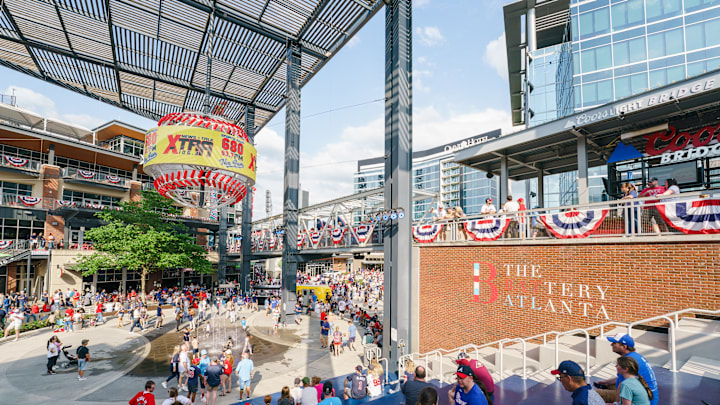From their initial press release, Atlanta Braves Holdings announced their completion of splitting off from Liberty Media under the NASDAQ ticker "BATRA" and BATRAK. Over the Counter markets will be listed as "BATRB", giving the team its status as an independent, asset-backed corporation.
BATRA has been trading since 2016, yet the split-off remains an interesting move, becoming the first team in Major League Baseball to officially go public. The separation will be intriguing for fans to stake claim as "part owners" of what looks to be the best team in baseball. However, the historical performance and consistency of the team show that it can be an exciting financial move to diversify any portfolio.
Historical Performance
Going public was a big deal for baseball, as it gave insight into the actual profitability of a professional organization. BATRA has been trading on the NASDAQ since April of 2016. Since then, the performance has steadily increased except for its opening day and March 2020, during the Covid.
On opening day, Liberty Media was ambitious, as the stock was listed at $36 and would end up closing at $19.95. Nine days later, it would hit its pre-Covid low of $14.30. Not Ideal if you were a first mover, and it seemed many in the market were looking to take advantage of BATRA's niche. However, two trends started to take place within about a month of the April 18th opening day.
On June 16th, 2016, the stock would hit its all-time low, at $14.66. Atlanta was 20 games below .500, yet they beat an equally bad Cincinnati Reds. It was the last season at the Ted, and while the Braves were by far the worst in the NL East, the change in front-office and becoming young players were starting to come to fruition. The Battery was about completed, creating a new entertainment hub in the Cobb County suburbs.
While opinions vary quite significantly regarding the move, the stock's performance started to shoot up approaching the 2017 season. As the growth started to pick up (and fast), people were questioning how a major league team could contribute to revenue growth in a tangible way, over a sustained period of time. The 2017 season saw the first real improvement moving up to third place in the division.
Atlanta's performance on the diamond would take off starting in 2018. The Braves won their first NL East title in five years and have since gone on to win what will be six division titles in a row. On January 9th, 2018, Atlanta Braves Holdings closed at $21.64, their yearly low. Moving the season's final day, after a tough series with the Dodgers, BATRA finished at $26.36.
The 21.81% increase over the 2018 season somewhat correlated to the 26.34% increase in win percentage compared to the previous year. While winning did not drive the stock's performance entirely, it generated attendance, merchandise, concessions, and general buzz around the overall team.
2018 to 2020 would increase the performance of the team and the stock. December 19, 2019, saw a new high (disregarding the initial open) of $30.00. Nevertheless, Covid took over the world, erasing gains in the span of a few months. All major leagues saw a halt in play, and when the players did eventually return, fans had to wait another year or two, depending on their location.
March 16, 2020, marked the historical low, closing at $13.75. The overall market, especially regarding professional sports, was not well positioned for the sudden changes which was reflected in BATRA's decline of 54.17%.
When buying stocks, they tend to go up in escalators and fall in elevators. If investors bought into the Braves holdings after March 2020, they would have seen a relatively stable accent. Atlanta Braves Holdings started 2021 on January 4th, with a high of $26.03, and generally increased towards the transition on July 19th, 2023. The day before Liberty Media split off its holdings of the Braves, BATRA closed at $43.37, a 215.42% increase in the span of three years.
